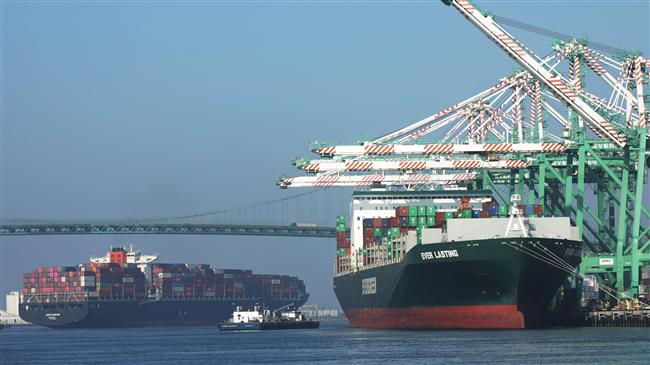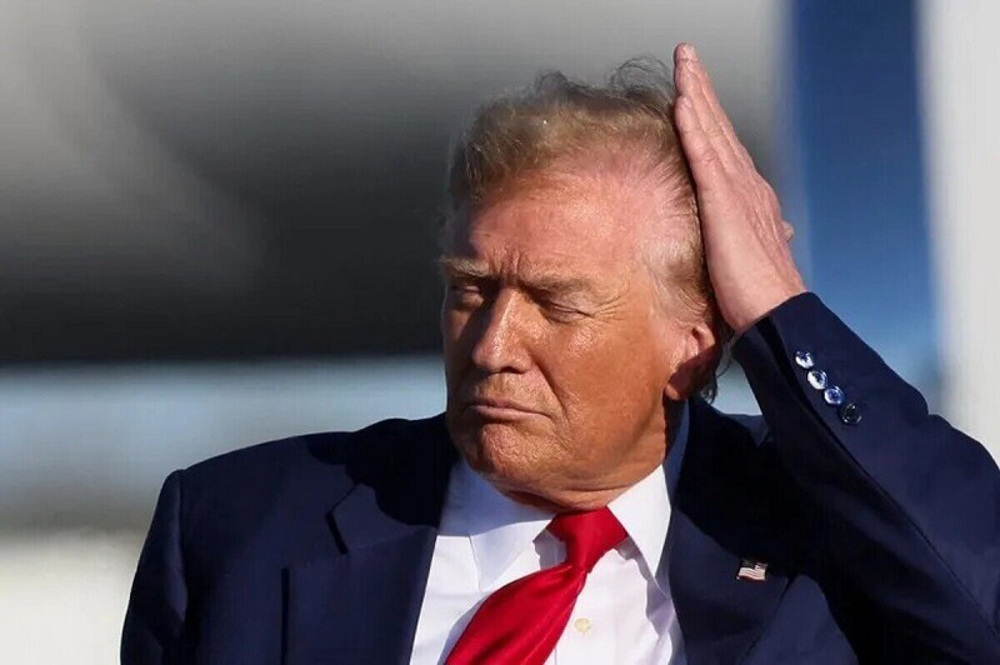Trump trade war threatens 1.5 million jobs in US: Study
The trade war between the US and China threatens nearly 1.5 million jobs across the United States that depend on the shipping of products through ports in the state of California, according to a new report.
Lost markets due to higher import costs pose a risk to $186 billion in annual merchandise trade through the ports near Los Angeles, California, and will burden consumers with billions of dollars in price increases, according to the study released Tuesday by the Port of Los Angeles, which is heavily reliant on trade with China.
“Some regions and industries are already feeling the pain and the damage to jobs, income and tax revenue could be crippling down the road," Gene Seroka, executive director of the Port of Los Angeles, said in a statement.
America’s largest container port complex, including the ports of Los Angeles and Long Beach, handles $380 billion in two-way cargo, with China accounting for 54 percent of imports and 29 percent of exports, according to the study.
The report, which coincided with an address on trade by President Donald Trump on Tuesday, clearly contradicts the White House's message in recent months that the United States is easily withstanding Trump's commercial conflict.
The United States and China have so far slapped tariffs on almost a half-trillion dollars in two-way trade.
Some economists warn the trade war has begun to affect the global economy, which is already suffering a general slowdown.
For many US policymakers, an economic slowdown has been a price worth paying to try to force changes in China’s economic policies and counter the country’s rapid economic rise.
Since early 2018, the United States has pursued a deliberate policy of attempting to hurt China’s economy in response to concerns about the shifting balance of economic power and unfair trade practices.
The narrow, publicly stated goal has been to force China to change its industrial policies, including subsidies, state-directed lending, market access and intellectual property protection.
However, the broader strategic aim of the US has been to restrain China’s growth and shore up the current US-led global balance of power.
VIDEO | Australians protest over US action in Venezuela
Cuba declares national mourning for 32 citizens killed in US raids on Venezuela
Iran: US must release kidnapped Venezuelan president
After US aggression against Venezuela, Mexico could be next: Report
Qalibaf: Protesters must be heard but foreign-linked agitators will be dealt with
VIDEO | German government refuses to condemn US aggression against Venezuela
Venezuela’s acting president calls for peaceful coexistence, dialogue with US
Denmark, Greenland leaders urge Trump to halt takeover threats











 This makes it easy to access the Press TV website
This makes it easy to access the Press TV website